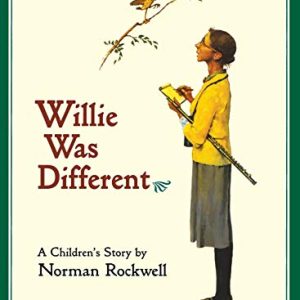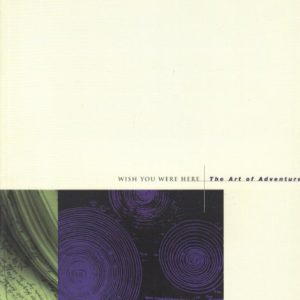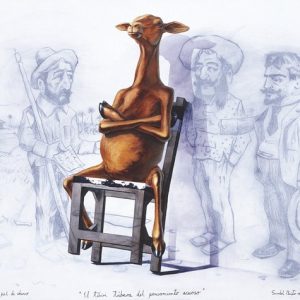Rico Lebrun: The Line of Passion – Drawings, Paintings, Prints and Sculpture Paperback
$55.00
Lebrun was a 20th century figurative artist and the collection includes a number of religious subjects, especially the Crucifixion, which he used as a metaphor for the horrors of World War II. Lebrun was born on December 10, 1900 in Naples, Italy. His formal art education consisted of attending technical school and art classes at night, studying the Old Masters in museums, and assisting fresco painters.
ASIN : B005MRT4HQ
Publisher : The Tyler Museum of Art; Limited edition (January 1, 1999)
Item Weight : 9.6 ounces
Best Sellers Rank: #1,136,569 in Books
Description
Lebrun was a 20th century figurative artist and the collection includes a number of religious subjects, especially the Crucifixion, which he used as a metaphor for the horrors of World War II. Lebrun was born on December 10, 1900 in Naples, Italy. His formal art education consisted of attending technical school and art classes at night, studying the Old Masters in museums, and assisting fresco painters. He was profoundly influenced by both Italian and Spanish art, Naples having been ruled by Spain almost continuously from the mid-16th to the late 18th century. His admiration for fresco tradition, his preference for ambitious subjects addressed on a grand scale, and the baroque sweep of his style all reflect the heritage of Italian art; his high seriousness of purpose, as well as a certain preoccupation with tragedy and death, can be attributed to the influence of Spain. Alongside the always-powerful influence of Michelangelo, he maintained a lifelong affinity for Goya and Picasso. Lebrun immigrated to the United States in 1924 to design stained glass in Springfield, Illinois. The next year the artist settled in New York, where he built a successful commercial art practice as a fashion illustrator and advertising artist. By 1930, Lebrun was prosperous, but dissatisfied. He abandoned his business and entered the field of fine arts. After a move to Southern California in 1938, Lebrun taught at the Chouinard Art Institute and then at the Disney Studios, working with animators on the figure of Bambi for the forthcoming feature film. In 1935 he received a Guggenheim Fellowship for his first mural project; in 1942, he exhibited in “Americans 1942” at the Museum of Modern Art in New York. His work appeared in group exhibitions at New York’s Whitney Museum of American Art and the Metropolitan Museum.



